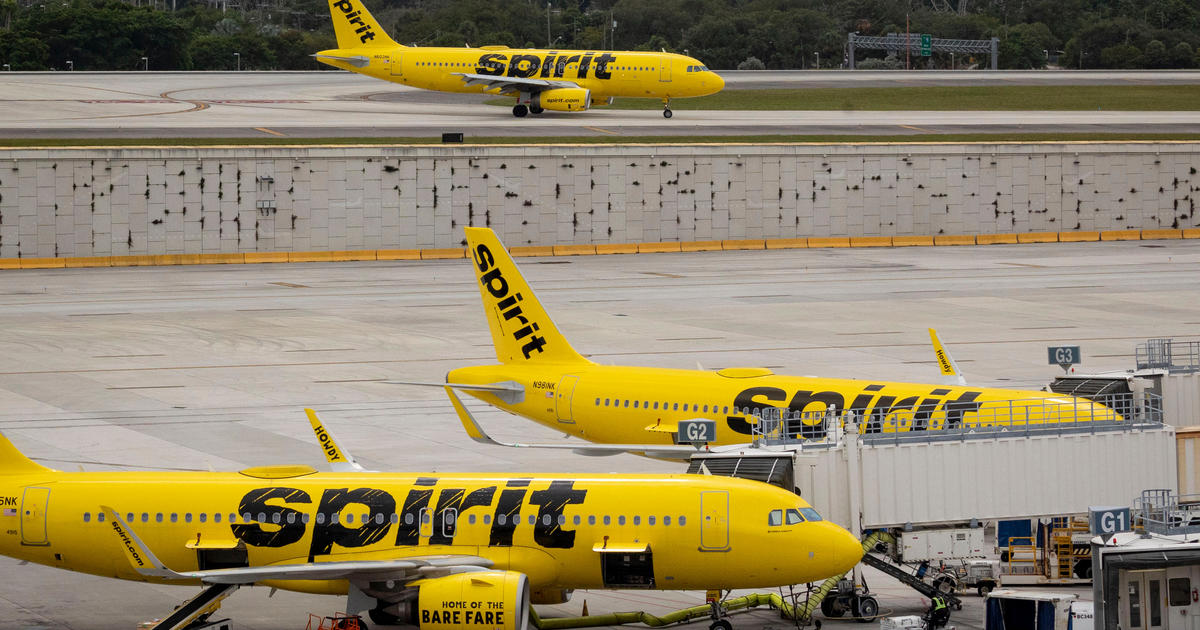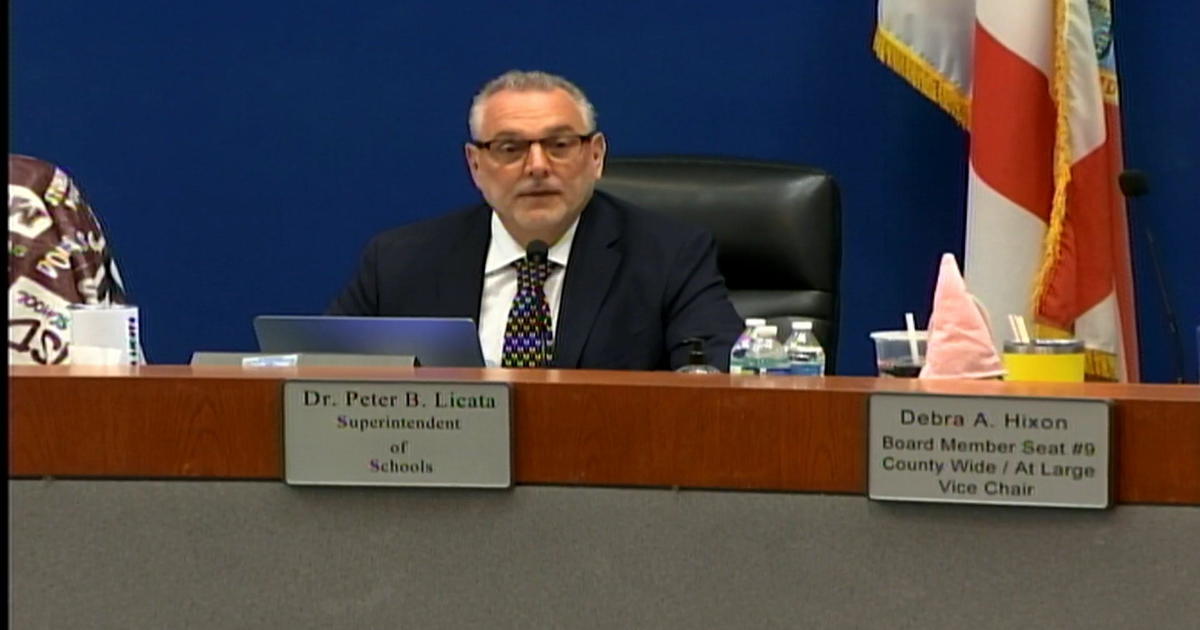First Day Of Intensive A1A Repair Ends In Ft. Lauderdale
FT. LAUDERDALE (CBSMiami) – Between bursts of rain showers, construction crews began the delicate process of boring into the ground along A1A at Ft. Lauderdale Beach Monday afternoon.
Using a gigantic rig they are drilling down 40 feet to place pilings alongside the shoreline that was wrecked in the wake of Hurricane Sandy.
"It reminds me of Kentucky, where I'm from," commented neighborhood resident Bob Spurlin. "Wnere they are always drilling for oil or gas."
Spurlin has been actively involved in the talks on how to solve the problem that led to the beach wall, sidewalk and part of the roadway being washed away.
"This is only the first stage. But I think it's a step in the right direction," said Spurlin.
Starting at the south end of A1A, from NE 14th Court to NE 18th Street, crews will begin drilling in preparation for the installation of new metal pilings. The new pilings, which will go 40 feet deep, will be used to connect sheet metal to form a new seawall.
Transportation officials said any palm trees affected by the construction will be taken to Snyder Park.
The section of A1A under construction, just north of Sunrise Boulevard, was badly damaged by Superstorm Sandy swells and seasonal high tides.
Some residents said they were surprised that Sandy, who remained far offshore, could do so much damage.
"I was surprised. I've been in the area 30...40 years and I have never seen anything like that happen," said Bill Kay. "We've been lucky I guess because we've never really got hit with a hurricane coming in from this (East) side."
The drilling will take place from 7 a.m. to 7 p.m. Monday through Saturday and from 9 a.m. to 7 p.m. on Sundays. The Florida Department of Transportation said people who live in the area may feel vibrations from the drilling.
Once the pile driving is completed, Broward County will begin beach restoration efforts. Dump trucks will be hauling in about 24,600 cubic yards of sand to spread on the beach.
Longtime resident Sal Fasulo believes part of the problem is that sand was allowed to collect on the beach near the sea wall and the beach was no match for the powerful weather.
"They've ignored this part of the beach for years," Fasulo said. "I think if you made it look like the rest of Fort Lauderdale beach -- put the same amount of sand that you've got south of Sunrise Boulevard, we wouldn't have this same problem. "
Longtime beachgoers Bob Hooper and David Murray say they hope the fix works.
"I don't know if it's going to, I guess it's going to solve the problem," said Hooper. "You know all these engineers have looked into it. So I guess it's going to solve the problem."
"It's not going to be a 'be all, end all' solution," said Murray. "It's going to maybe stop the next barrage of tidal waves coming in, but it's only going to get worse, it's not going to get better."
As the drilling progresses, crews will remove the eastern sidewalk, a concrete barrier wall and damaged asphalt. Beachgoers, joggers and bicyclists are urged to avoid the area if they can. If not, they should use the sidewalk on the west side of the street.
This phase of the project is expected to cost $3 million. State employees hope to have it completed by March 1, at the beginning of turtle nesting season.



